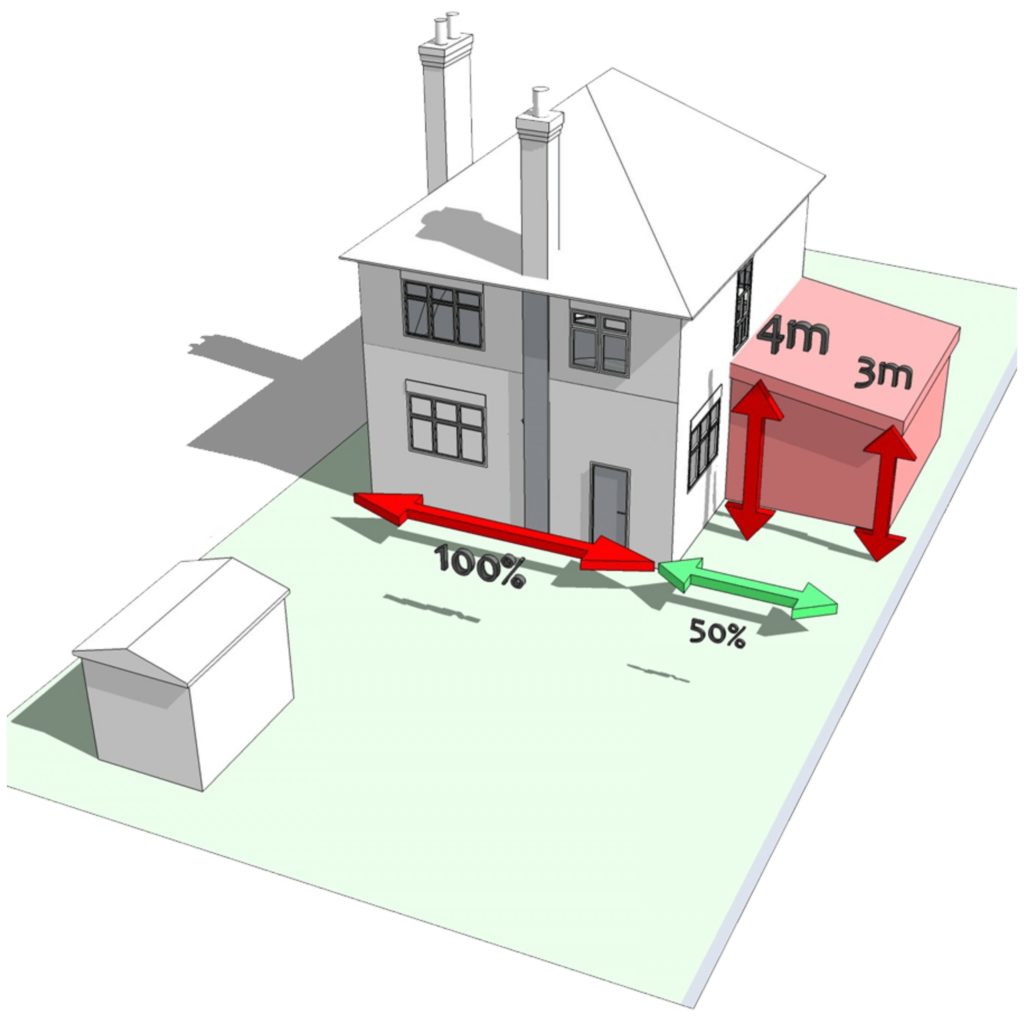
Learn all about permitted development rights
What are permitted development rights?
Permitted development rights are an automatic grant of planning permission that allows certain building works and changes of use to be carried out without having to make a planning application.
What you can do under permitted development –
While it’s essential to check with your local council first, permitted development rights should provide you with automatic planning permission for:
- Firstly, a small extension
- Single storey extension
- Double storey extension
- Demolition
- Certain change of use
- Loft conversion
- Garage conversion
- Basement conversion
- A porch less than 3m3
- Internal alterations
- Finally, rooflights or dormer windows not facing the highway
When are the rights more restricted?
In some areas of the country, generally known as designated areas, permitted development rights are more restricted. For example:
- A conservation area
- National Park
- Area of outstanding natural beauty
- Or a world heritage site
You will need to apply for planning permission for certain types of work that don’t need an application in other areas. There are also different requirements if the property is a listed building.
How much can you extend under permitted development
For a large single-storey rear extension on a detached house, you can extend between 4m up to 8m. Whereas, for any other house can be extended 3m up to 6m, under permitted development. However, for larger projects, you may be likely to go through the neighbour consultation scheme. If your neighbours raise concerns, then your local authority will decide whether your plans can go ahead.
In addition, you can build a single-storey side extension up to half the width of the existing dwelling. A single-storey rear extension up to 4m in length for a detached dwelling and 3m long for a semi or a terrace house; and, in certain circumstances, 3m two-storey rear extensions.






